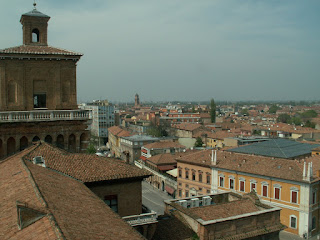Three-Ladies Giveaway Winners
My Three-Ladies (Lady Jane Grey, Renée of France, and Olympia Morata) Giveaway has come to a close. The winners of the set of three books were chosen randomly (I used Random.org with my 16-year old son as a witness) among

.jpg)











